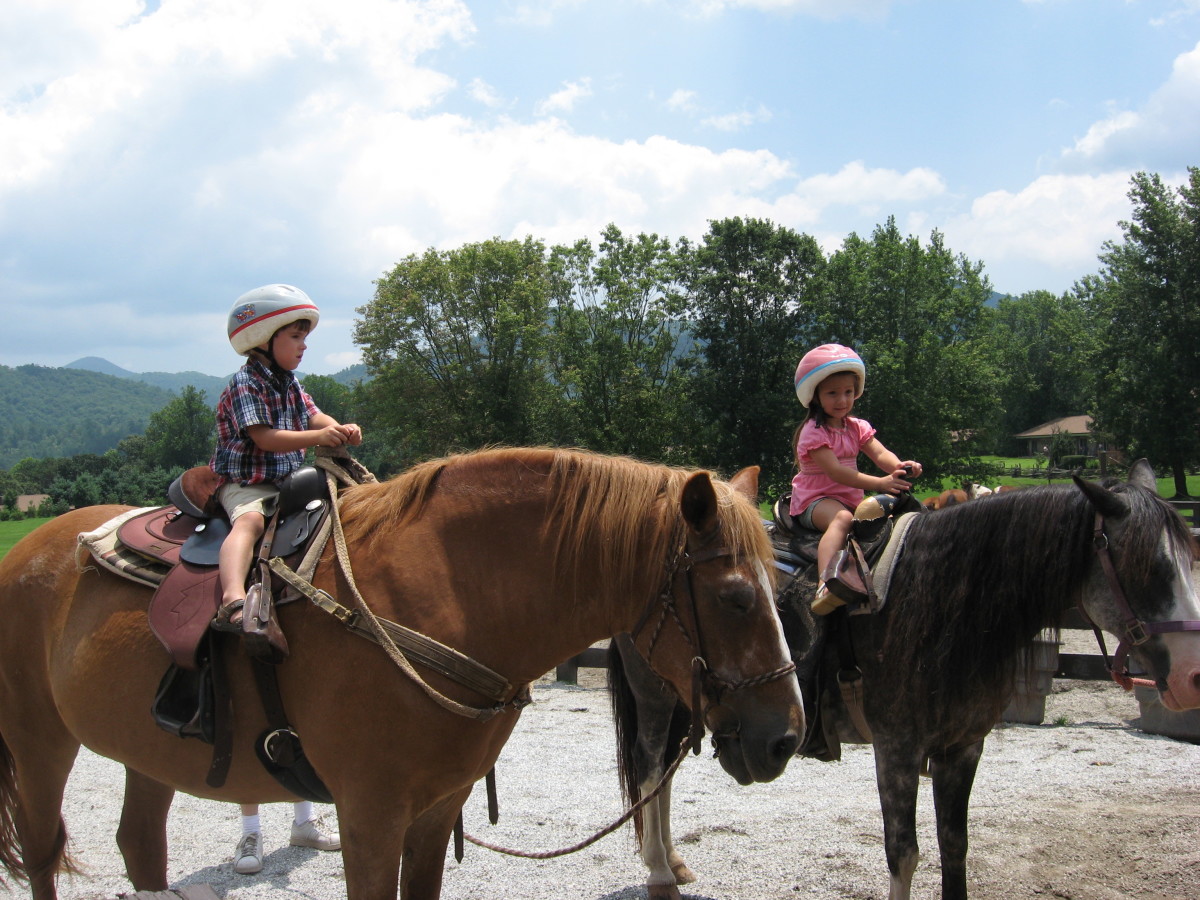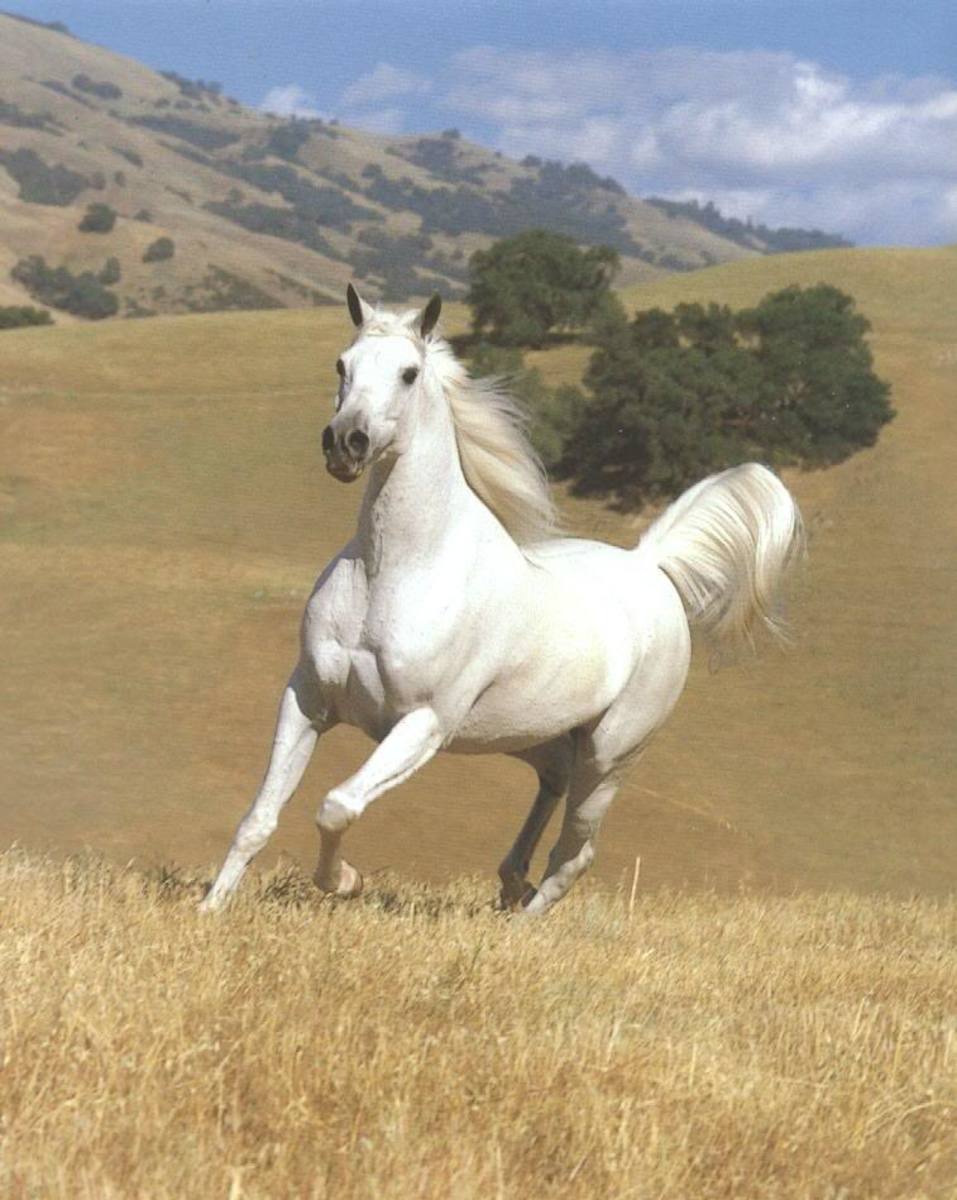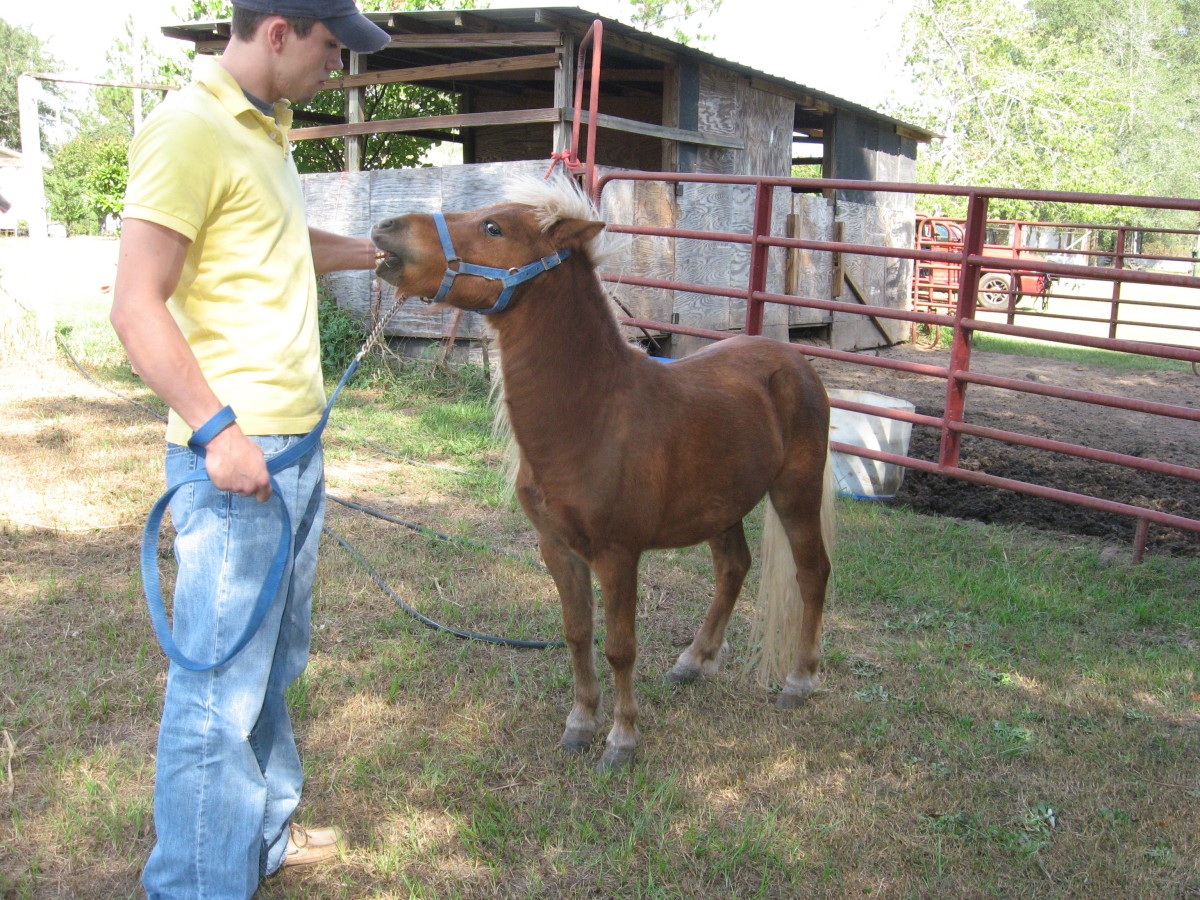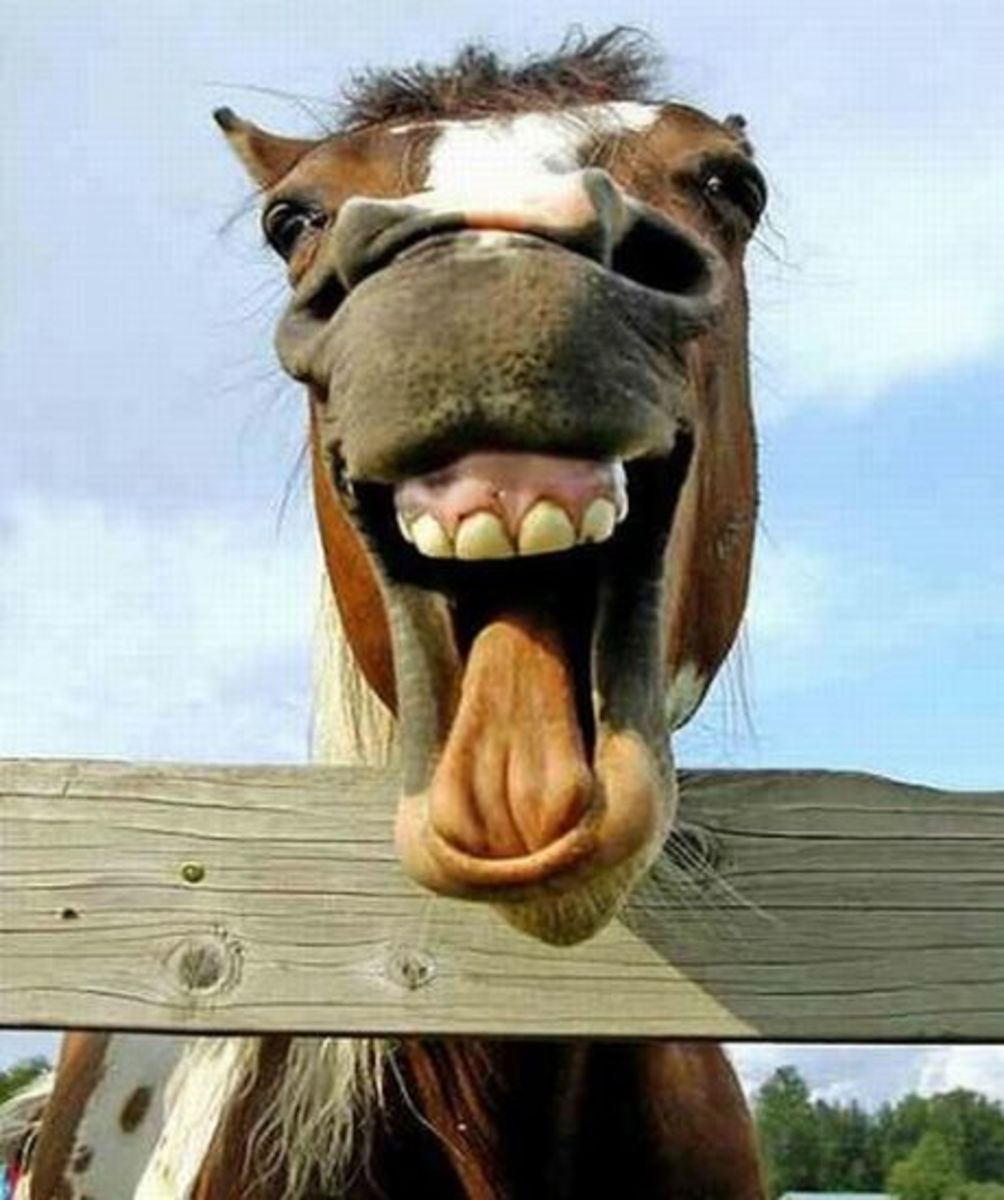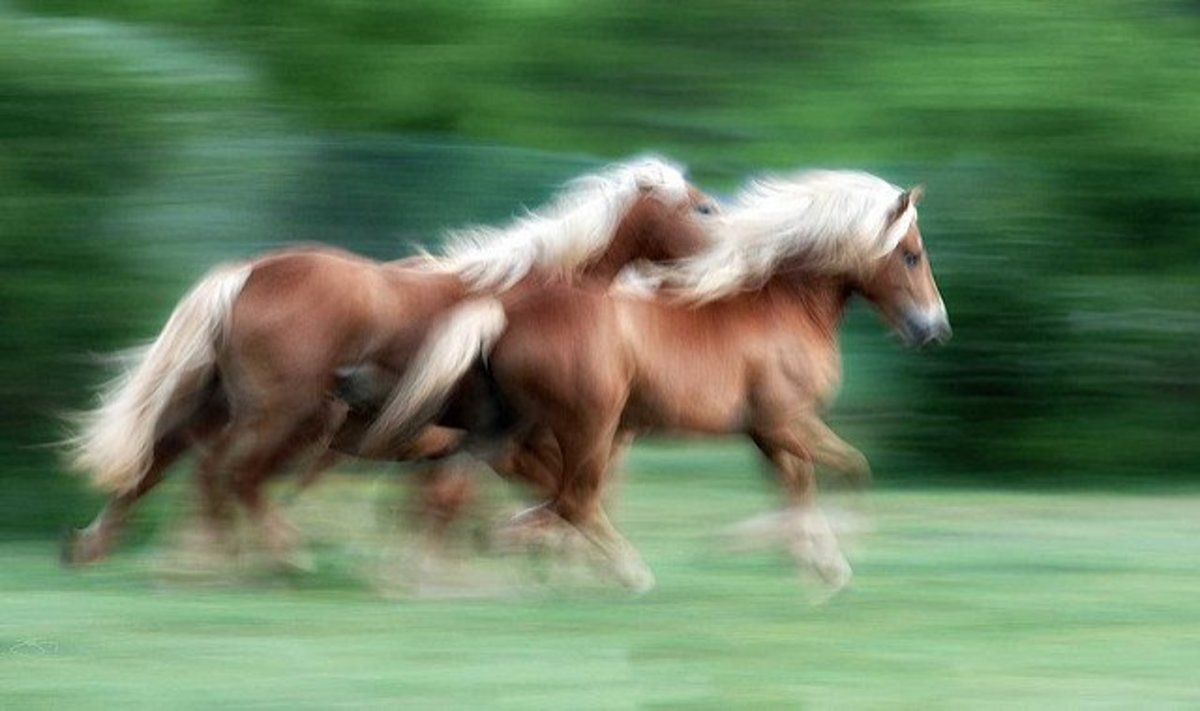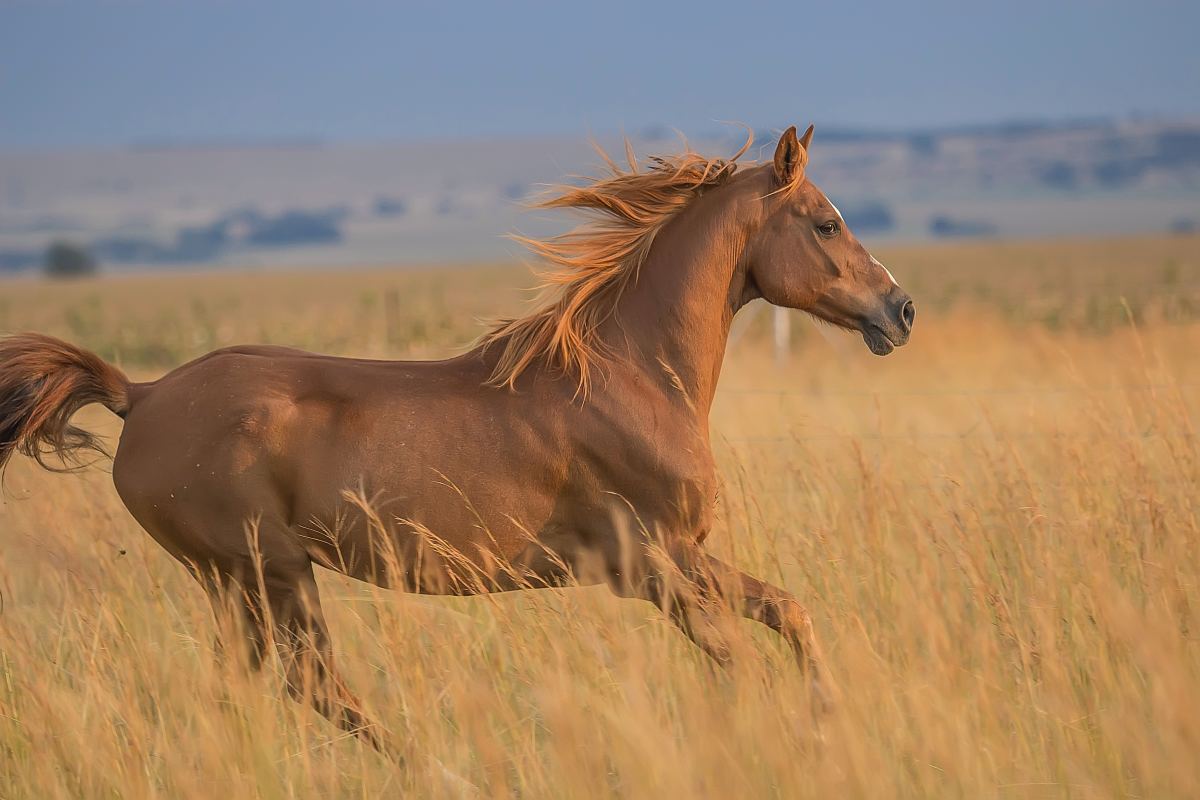Understanding Equine Vision
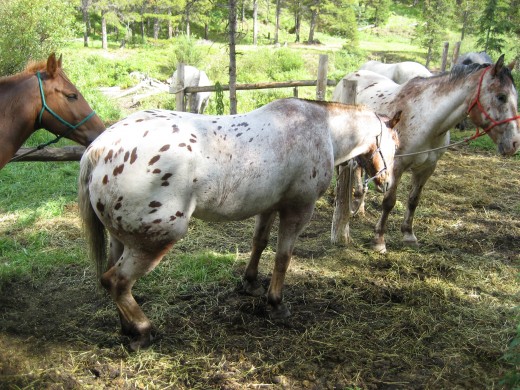
How Horses See The World
Understanding how horses see the world is very important when working with them. Their vision is not the same as ours, and it is very important to remember this fact every time you ride or handle a horse. Working with the limitations (and perks) of equine vision involves thinking about where you stand and how you move. However, it rapidly becomes second nature to the experienced equestrian.
The Structure Of A Horse's Eye
Next time you're with a horse, take a look at one of its eyes. Equine eyes are, of course, large, and it is easy to see how they are put together.
Most horses have brown eyes. Some have blue eyes. Horses that carry the champagne gene have amber or gold eyes. When a white marking crosses the eye it can result in a parti-colored eye with blue and brown parts.
The key thing to pay attention to, however, is the pupil. Human pupils are almost perfectly circular. Cat pupils are well known for closing to vertical slits. The horse's pupil is roughly oblong shaped and horizontal. It actually looks as if it was sketched rather than carefully drawn.
This horizontal pupil is also seen in antelopes, wildebeest, and other plains-dwelling herbivores. The area of most detailed vision is shaped the same as the pupil, more or less. The horse's eye is designed to provide the best visual accuracy along the horizon, from which predators would approach. (Lions, in contrast, have circular pupils like ours, and this is typical for plains carnivores).
A Horse's Visual Range
Our own visual range covers almost a full hemisphere directly in front of us. Our visual focus is also directly in front. This is typical for predators (including most omnivores). To see behind us, we have to turn around. We have a narrow, focused visual range.
Our equine companions, however, are prey animals and herbivores. They need to be able to perceive danger from all angles. Because of this, horses have a wide, dispersed visual range. A horse's eyes are set on the sides of the head.
Horses have monocular vision with limited depth perception extending through almost 360 degrees. Each eye covers its own side, and to see behind them, a horse merely has to turn their head slightly to one side. However, they only have a very narrow cone of binocular vision that covers an area that begins about one to two feet in front of the nose and goes straight ahead.
It's necessary to work around the horse's visual range in two ways.
First of all, horses have two blind spots. One of them is directly behind the horse, including whatever is on its back. To see behind itself, a horse has to look over its shoulder or raise its head so high its nose is above its ears (yes, horses can do this, but you don't want them doing it while you're riding them. It's uncomfortable at best and I know somebody who ended up with a broken nose from unexpected contact between her face and the horse's neck). This is why you do not approach a horse from directly behind. They can't see you coming and might be startled and even kick. If stepping behind a horse is necessary, always make sure the horse can track you by non-visual means - keep a hand on the horse's hindquarters and talk to it so it knows it is you there, not that annoying barn cat. The second blind spot is a small cone in front of the nose. Because of this, you should not walk straight up to a horse from the front and pet its nose - they will probably spook. Approach from a slight angle so they can see you.
The second consideration is that a horse's range of binocular vision is limited vertically. It therefore depends on where it is putting its head. When you watch show jumpers, you will see that a horse will often first raise, then lower its head when approaching the jump. It's very important that the rider let the horse do this - by shifting its binocular vision zone, the horse is judging the size of the fence. On a rough trail, a horse will normally lower its head to focus its vision on the ground in front of it. Dressage horses also carry their heads in a position that does that. This is because dressage comes out of military maneuvers, and on a crowded battlefield, you want your horse paying attention to where it is putting its feet. A foxhunter, though, needs to carry its head higher so it can see best in the distance and, for example, know how far behind the hounds it is. The horse needs to be allowed and encouraged to carry its head in the appropriate position. One of the problems with rollkeur is that an overbent horse can't properly see anything but its own front hooves.
Do Horses See Color?
This is a common question asked by people who don't know horses, especially if they have familiarity with dogs (dogs have very limited color vision).
It used to be believed that horses did not see color, but this flew in the face of anecdotal evidence. At a barn I used to ride at, there was one orange jump pole. Significantly more horses refused to jump this pole compared with poles of other colors. In fact, horses often react negatively to red, orange, yellow, and very hot/bright pink - suggesting that these colors are, for some reason, unpleasant to them.
Current research indicates that horses are, essentially, red-green colorblind - but in that case why don't they like the color red or orange? It's clear that more research is needed. The colors horses tend to spook at and evade match, for the most part, colors considered 'warning' in nature - color schemes worn, for example, by poisonous snakes. By some measure, horses definitely perceive these colors.
For this reason, it is probably better, for example, to avoid red, orange or yellow poles when initially teaching a horse to jump.
Equine Night Vision
Ever been trail riding late at night, gotten stuck and come home after dark? You don't have to worry too much.
Just let your horse find the way home. Their night vision is about fifty percent better than ours is. Horses can't see in total darkness (nothing can), but thanks to their large eyes (the largest, in fact, of any land mammal) and the presence of a reflective layer behind the retina, known as the tapetum lucidum, they need much less light to see than we do. So, next time the arena lights go out, don't worry so much about it. Your horse can still see fine.
Are Blue Eyed Horses Blind?
I'm going to finish up by addressing a common myth perpetrated in parts of America and Europe, namely that horses with blue eyes are wholly or partially blind. It's also said that they are more vulnerable to snow blindness and/or are night blind.
This is a complete myth. Night blindness in horses is, however, associated with animals homozygous for the leopard complex, but even then is relatively rare. (Night blind horses can easily be managed and remain otherwise healthy and useful).
There is absolutely no scientific evidence of compromised vision associated with blue eyes in horses.



